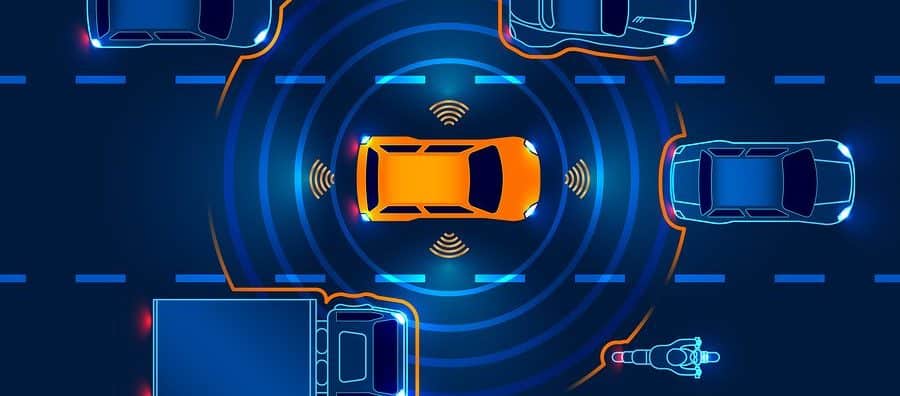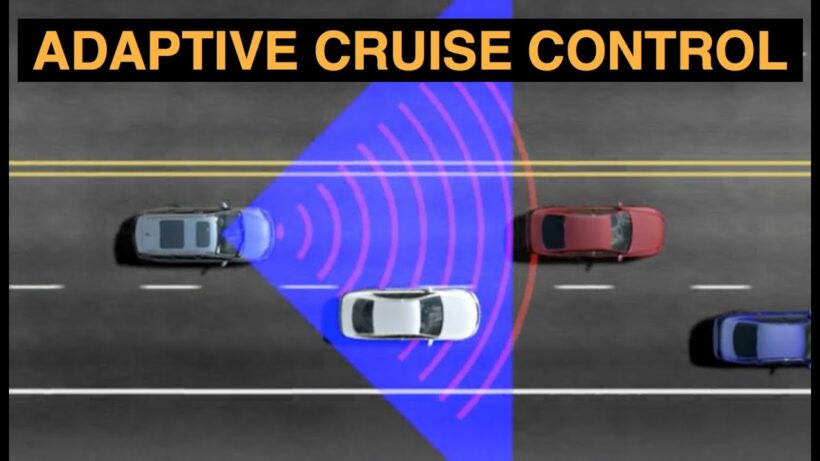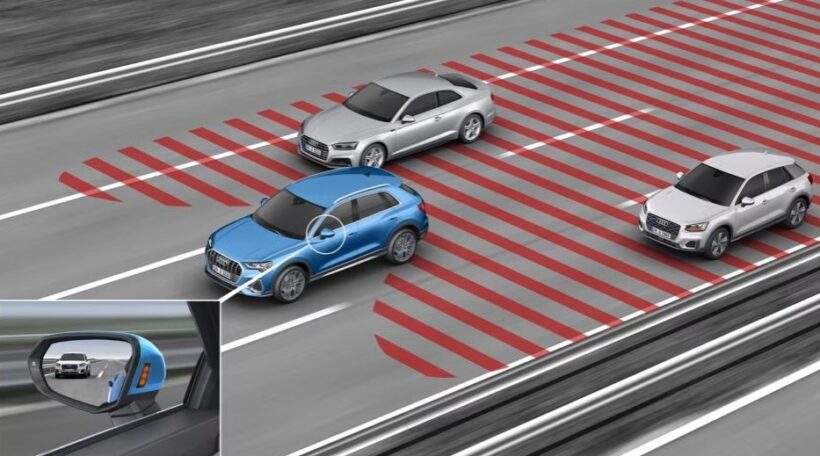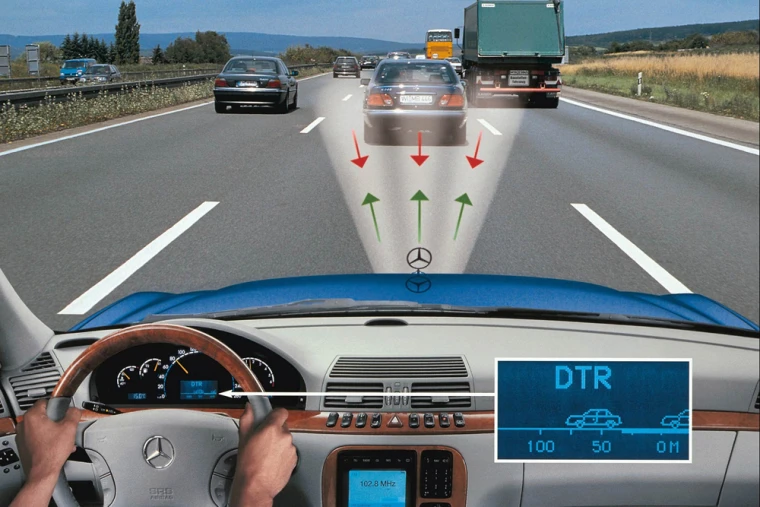The automotive industry has undergone a significant transformation in the past decade, with safety emerging as a paramount concern. In an era where road accidents are unfortunately common, integrating advanced safety features in modern cars is not just a luxury but a necessity.
Modern Car Safety Features

In recent years, the focus on car safety has shifted from merely reducing the impact of accidents to actively preventing them. This paradigm shift is a response to the alarming rates of road accidents, many of which are preventable. Modern cars now have safety features designed to protect passengers and pedestrians alike. These features, ranging from advanced driver-assistance systems (ADAS) to innovative passive safety technologies, mark a new era in automotive safety.
Understanding the Role of Safety Features
It’s crucial to understand the top car accident causes. Factors like distracted driving, speeding, and impaired driving play a significant role in most road accidents. Modern safety features aim to mitigate these risks by providing drivers with the necessary tools to maintain control and awareness while on the road.
Active Safety Features: The First Line of Defense
Modern vehicles are increasingly equipped with sophisticated safety technologies to prevent accidents and protect passengers. Four features – Adaptive Cruise Control (ACC), Automatic Emergency Braking (AEB), Lane Departure Warning and Lane Keeping Assist, and Blind Spot Detection – are pivotal in enhancing road safety. Let’s delve deeper into each of these systems.
Adaptive Cruise Control (ACC)

Adaptive Cruise Control is a significant advancement over traditional cruise control systems. While standard cruise control maintains a constant speed set by the driver, ACC takes this a step further by using sensors (like radar and cameras) to monitor the distance and speed of the vehicle ahead. ACC automatically adjusts the car’s speed to maintain a safe following distance.
This feature is handy in varied traffic conditions. For instance, if the car ahead slows down, ACC will reduce your vehicle’s speed to maintain the set distance and then accelerate back to the preset speed once the road is clear. This helps prevent rear-end collisions, common in stop-and-go traffic, and reduces driver fatigue, making long drives more comfortable and safe.
Automatic Emergency Braking (AEB)
Automatic Emergency Braking systems are becoming increasingly common in new vehicles. AEB uses sensors, cameras, and radar to detect an impending collision with another vehicle or obstacle. If a potential collision is detected and the driver does not take corrective action in time, the AEB system automatically applies the brakes to avoid or mitigate the collision.
This technology is particularly effective in urban driving conditions where sudden stops are frequent and at lower speeds, where it can often prevent collisions entirely. While AEB may not always prevent a collision in high-speed scenarios, it can significantly reduce the impact force, reducing the severity of injuries and damages.
Lane Departure Warning and Lane Keeping Assist

Lane Departure Warning (LDW) and Lane Keeping Assist (LKA) are closely related technologies to prevent accidents caused by unintentional lane departures, which can occur due to driver distraction, fatigue, or impairment.
LDW systems monitor the vehicle’s position within its lane using cameras. If the system detects that the car is drifting out of its lane without a turn signal being used, it will alert the driver with visual, auditory, or haptic signals (like a vibration in the steering wheel). Lane Keeping Assist takes this a step further by warning the driver and automatically steering the car back into the correct lane if necessary. This proactive approach can be crucial in preventing side-swipe accidents and off-road crashes.
Blind Spot Detection

Blind Spot Detection systems are designed to address accidents caused by vehicles hidden in a driver’s blind spot, especially during lane changes or merging maneuvers. These systems use sensors or cameras to monitor areas around and behind the car that are not easily visible to the driver.
When a vehicle enters the driver’s blind spot, the system alerts the driver through a visual indicator on the side mirrors or an auditory alert. Some advanced systems also provide an additional layer of safety by intervening with steering or braking inputs if the driver attempts a lane change while another vehicle is in the blind spot. This technology dramatically reduces the risk of side-swipe collisions and is particularly beneficial on highways and multi-lane roads.
Passive Safety Features: Cushioning the Impact
While active safety features prevent accidents, passive safety features are designed to protect occupants in the event of a collision. These include:
- Advanced Airbag Systems: Modern cars are equipped with sophisticated airbag systems that deploy based on the severity of a crash, the occupant’s position, and even their weight, ensuring optimal protection.
- Crumple Zones: These areas in a vehicle are designed to absorb and dissipate crash energy, reducing the force transmitted to occupants.
- High-Strength Steel Frames: Using high-strength steel in car frames enhances the vehicle’s structural integrity, offering better protection in a crash.
Combining Technology and Awareness for Maximum Safety
It’s important to remember that while these safety features significantly reduce the risk of accidents, they are not a substitute for attentive driving. Drivers should always remain aware of their surroundings and drive responsibly, regardless of the advanced technologies. More reliance on these systems can lead to complacency, a risk factor. Therefore, it’s essential to maintain an active role in driving, using these features as aids rather than replacements for hands-on, alert driving practices.
The Road Ahead for Car Safety

The evolution of safety features in modern cars is a promising step towards reducing road accidents. As technology advances, we can expect even more innovative features that protect occupants and enhance the overall driving experience. However, it is equally important for drivers to stay informed about these features and use them responsibly. By combining technology with awareness, we can look forward to safer roads and significantly reducing car accidents.
This comprehensive approach to safety, where technology meets driver responsibility, is the key to unlocking a future where road travel is convenient and remarkably safe. The journey toward this future is ongoing, and every new safety feature brings us one step closer to this goal.

